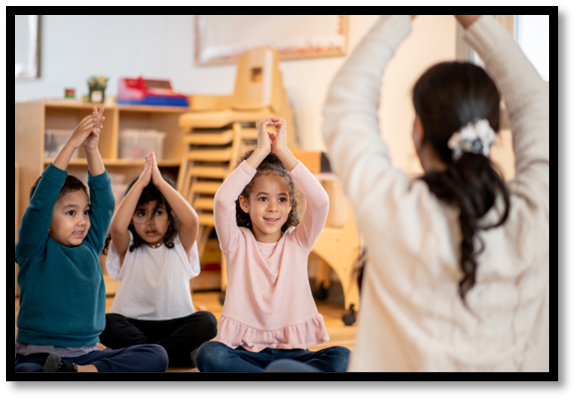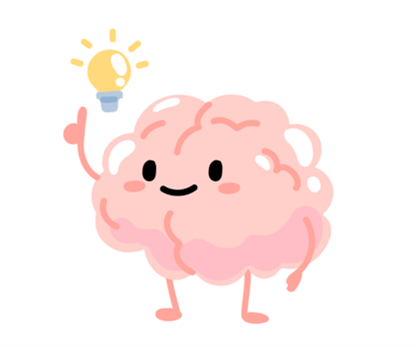It’s that time of the summer when teachers across the country who, just a few weeks ago were counting down the days and swearing off all things work-related, are beginning to daydream about rearranging their classrooms for the upcoming school year, are peeking at Target and Walmart sales, and maybe…just maybe… are getting excited about starting off the new school year on a high note! If you teach emergent bilingual students, you may be experiencing that excitement while at the same time feeling a teeny bit overwhelmed. If this sounds familiar and you’re wondering whether or not it’s too late to get your hands on what you need for this upcoming school year, never fear! With GrapeSEED, you’ll march into 2022-2023 confidently, with the tools and support that you’ve always dreamed of having. Check out this testimonial from teacher Jen Andres, who implemented the GrapeSEED curriculum successfully with newcomers from Guatemala for seven years. Then contact us to learn how to get GrapeSEED for your classroom!
“Teaching is one of the most rewarding and most gratifying careers one can choose. Yet, if you are currently teaching, you know that it is not without its challenges. Whether you are new to teaching or are a veteran teacher, you understand the diverse set of learning styles and abilities that demand your attention. One of the fastest growing populations today are English Language Learners. If you are fortunate enough to experience teaching immigrant students, it’s imperative that you think back to how you learned to speak and think, and if you're a parent, how you taught your own children to speak and think. My guess is that your parents did not get out flash cards and begin drilling you and have you memorizing words and phrases, but rather they sang, and read stories, played games, clapped, smiled and had lots of fun.
That is what GrapeSEED did for me as a teacher of English learners. It reminded me that I needed to reach beyond academic language. It reminded me that we first learn oral language; that it is the foundation for all thinking, reading, speaking, listening and writing, no matter what language we are learning in.
The problem was, without GrapeSEED, I would have never known where to start, how to get my students talking, participating, and would never have found a way to provide them with an opportunity to reveal themselves. GrapeSEED empowers students, it provides them with a safe learning environment, a place they can experience and practice English naturally and through dialogue. GrapeSEED empowers teachers. It is an all-encompassing oral language curriculum that took the guesswork out of preparing materials for my lessons.
I express my deepest gratitude to the Training Team at GrapeSEED. They were there with me every step of the way, from my school’s first foundation training to personalized coaching sessions, and ensuring that my students and I were successful from day one. I taught GrapeSEED for seven years. For seven years, I was never without a personal professional learning specialist to help me. I never grew tired of seeing my students come to life, never grew tired of seeing their smiles when they entered my classroom, and never grew tired of their enthusiasm to learn to think, speak and strive in English.
It is not too late for you to get GrapeSEED into the hands of your teachers and into the lives of your English learners. If you are like I was, and you struggle every day to make learning meaningful for your students, but you have limited resources, limited planning, and limited time, please do yourself a favor and consider choosing GrapeSEED this upcoming school year. It’s fun, it’s engaging, it’s natural and the best part is, it’s all there and all-inclusive. What better way to go?”
Ready to get the GrapeSEED curriculum for your students?
Just contact us!




Ready to Start Your Journey?

6425 Living Place
Suite 200 #1021
Pittsburgh, PA 15206
Tel: 800-449-8841
Email: contact.us@grapeseed.com
© 2024 GRAPESEED INTERNATIONAL PTE. LTD.
